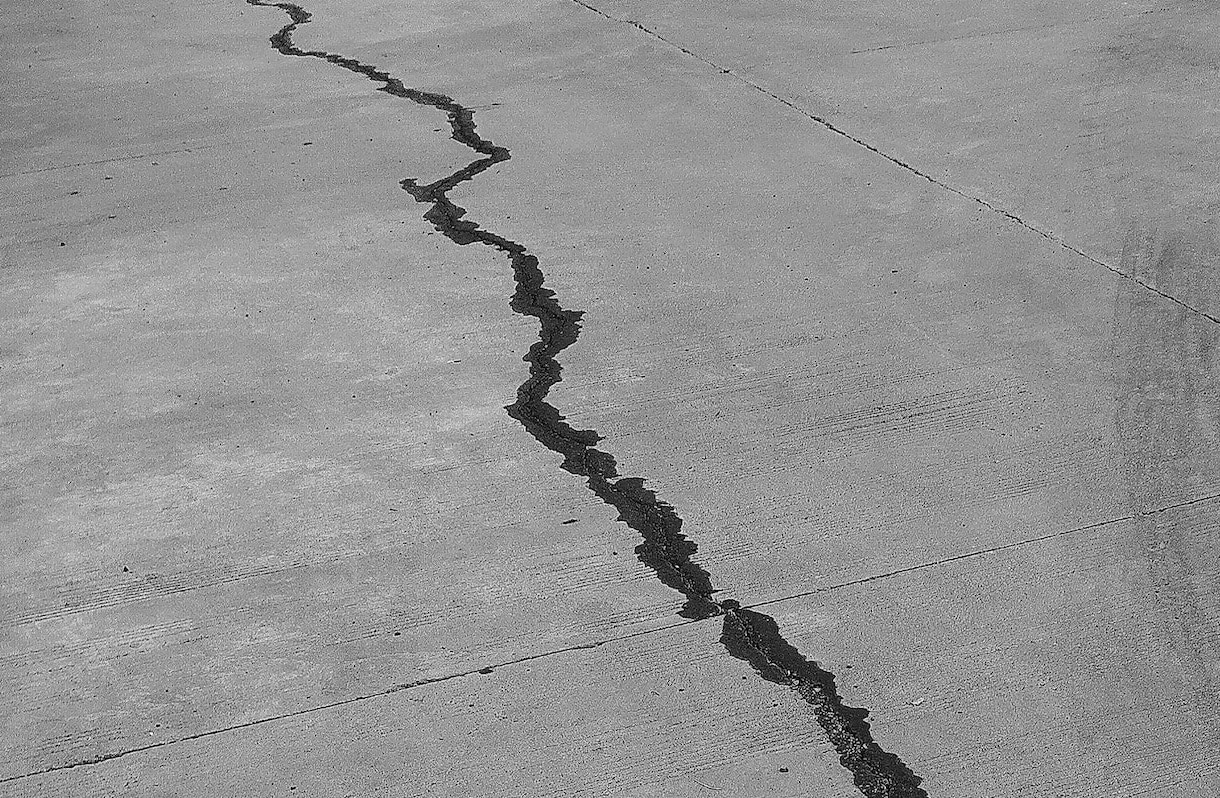A new paper in the journal Nature offers an explanation for why the San Andreas fault line is overdue for a big earthquake.
It has been about three centuries since the last great earthquake on the southern San Andreas Fault, the most treacherous seismic hazard in California. For decades researchers have puzzled over why it has been so long. The average interval of large earthquakes along that portion of the fault has been 180 years over the past 1,000 years.
While seismologists agree that Southern California is due for the Big One, a group of researchers published a paper on Wednesday in the journal Nature that offers a reason for the period of seismic silence along the southern San Andreas, the tension-wracked meeting point of the North American and Pacific tectonic plates.
The theory hinges on the idea that while the friction of tectonic plates is the primary driving force behind earthquakes, there are other factors, including the weight of large bodies of water. Building on prior research, the scientists drew a link between the occurrence of large earthquakes and the filling of a lake that has grown and ebbed across the centuries.
“We are not trying to predict any earthquake that is going to happen in the future, but we might be able to say why we haven’t had one in the last 300 years,” said Ryley G. Hill, a Ph.D. candidate in the department of geological sciences at San Diego State University and the Scripps Institution of Oceanography in La Jolla, Calif.
Read more at The New York Times.






